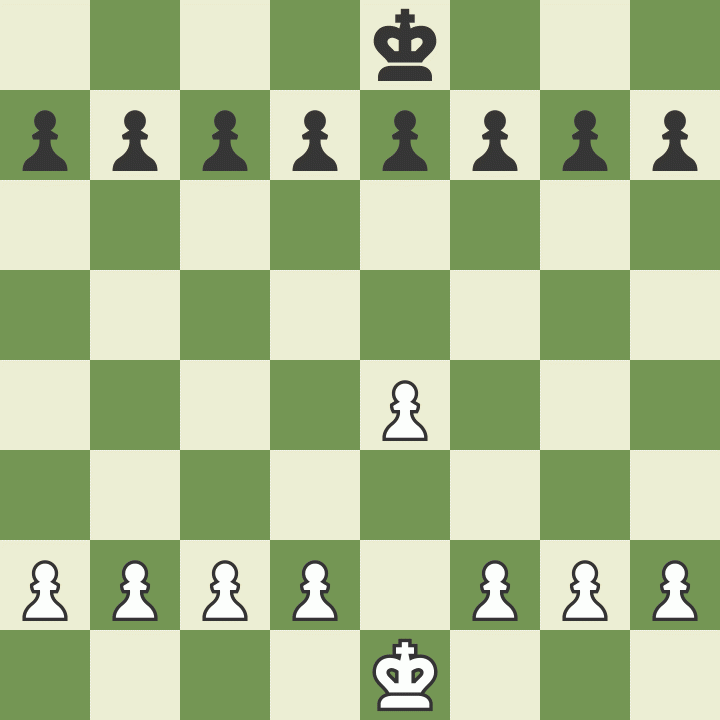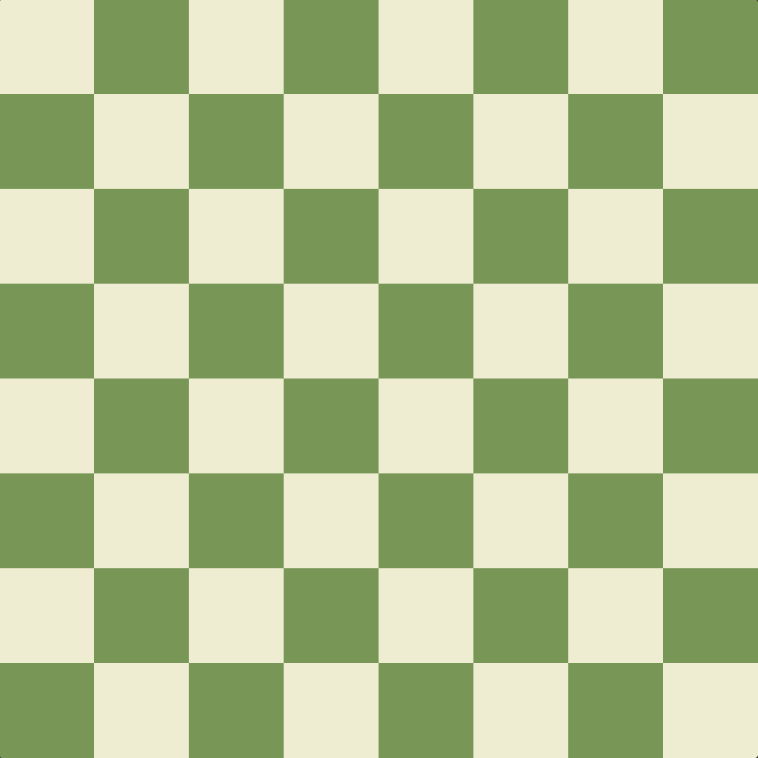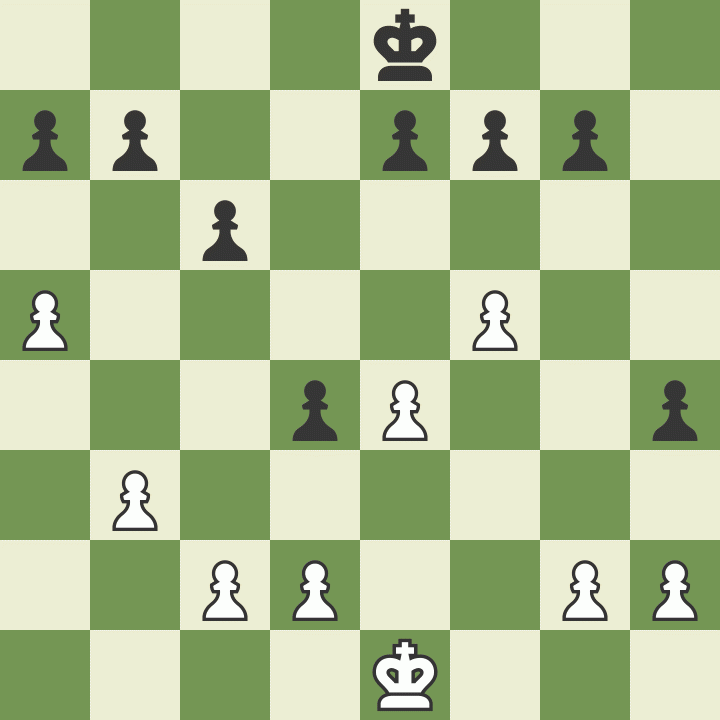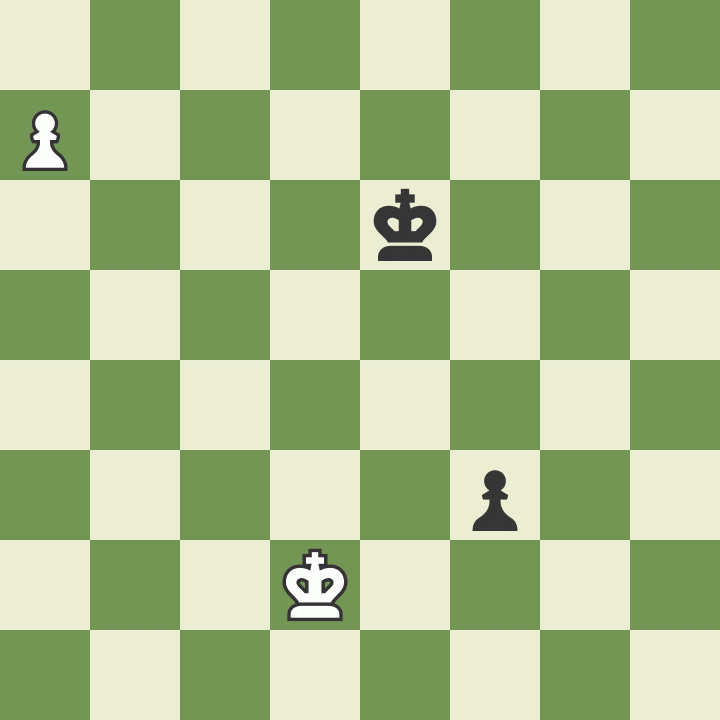How the Pieces Move
Each of the 6 different kinds of pieces moves differently. Pieces cannot move through other pieces
(though the knight can jump over other pieces), and can never move onto a square with one of their own
pieces. However, they can be moved to take the place of an opponent's piece which is then captured.
Pieces are generally moved into positions where they can capture other pieces (by landing on their
square and then replacing them), defend their own pieces in case of capture, or control important
squares in the game.
How the King Moves
The king moves exactly one square horizontally, vertically, or diagonally. A special move with the king
known as castling is allowed only once per player, per game.he king may never move himself into check
(where he could be captured). When the king is attacked by another piece this is called "check".
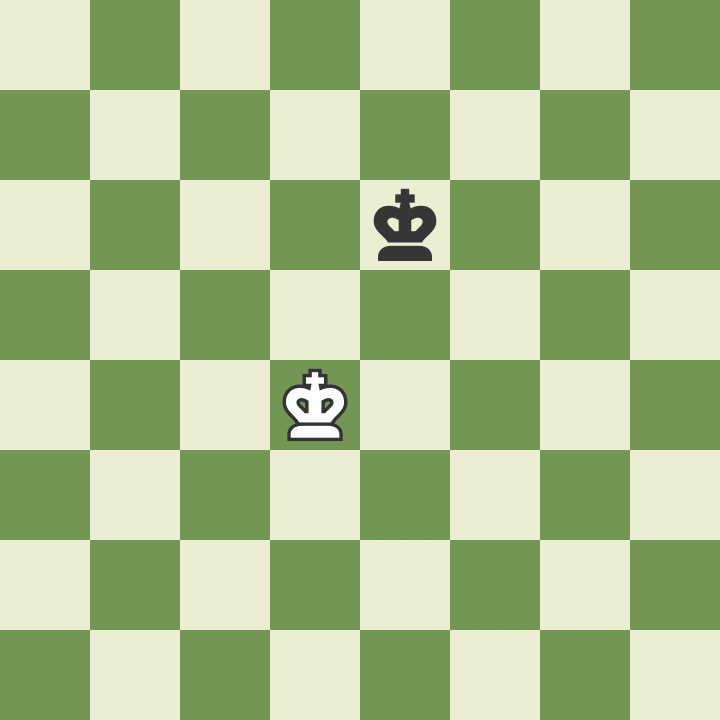
How the Queen Moves
The queen is the most powerful piece.The queen moves any number of vacant squares in a horizontal,
vertical, or diagonal direction.as far as possible as long as she does not move through any of her own
pieces. And, like with all pieces, if the queen captures an opponent's piece her move is over.
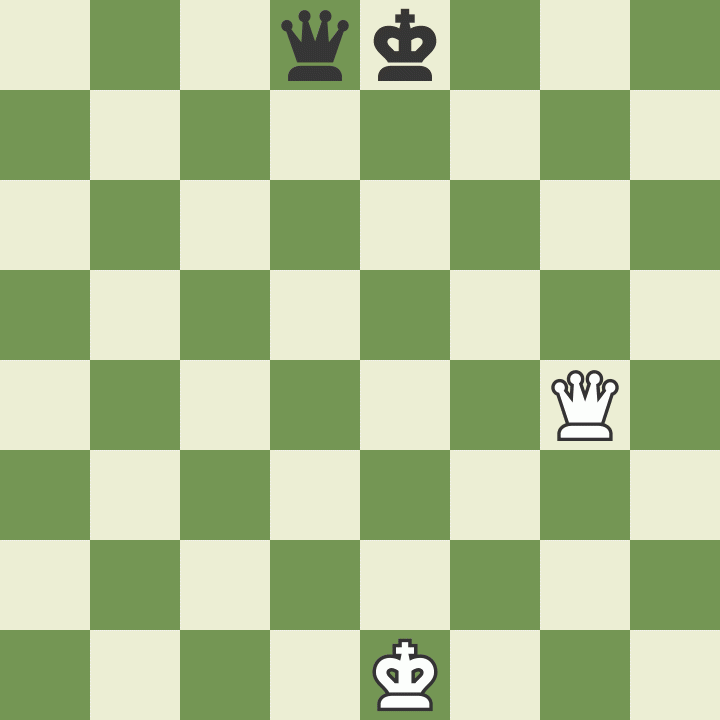
How the Rook Moves
The rook moves much like the queen: as far as it wants along straight lines, but only forward, backward,
and to the sides (not diagonally).
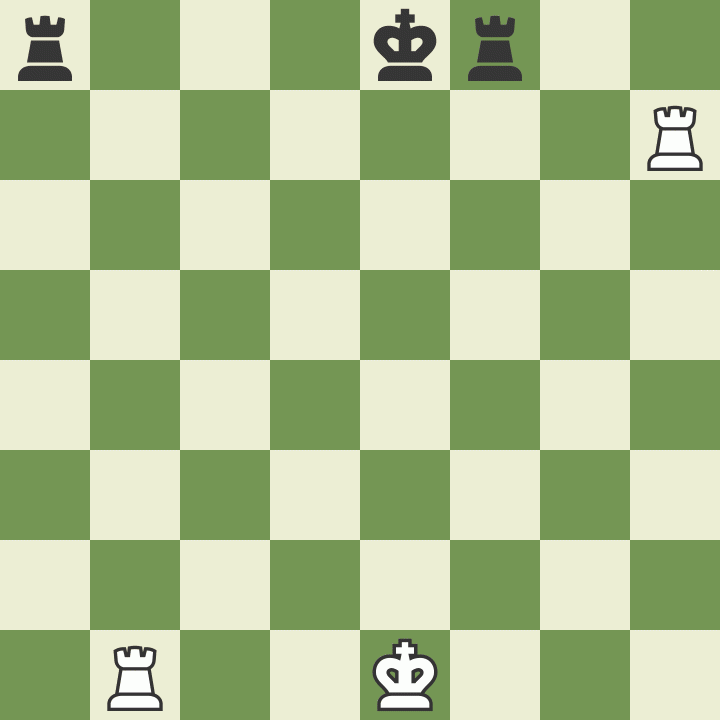
How the Bishop Moves
The bishop may move as far as it wants, but only diagonally. Each bishop starts on one color (light or
dark) and must always stay on that color. Bishops work well together because they cover up each other's
weaknesses.
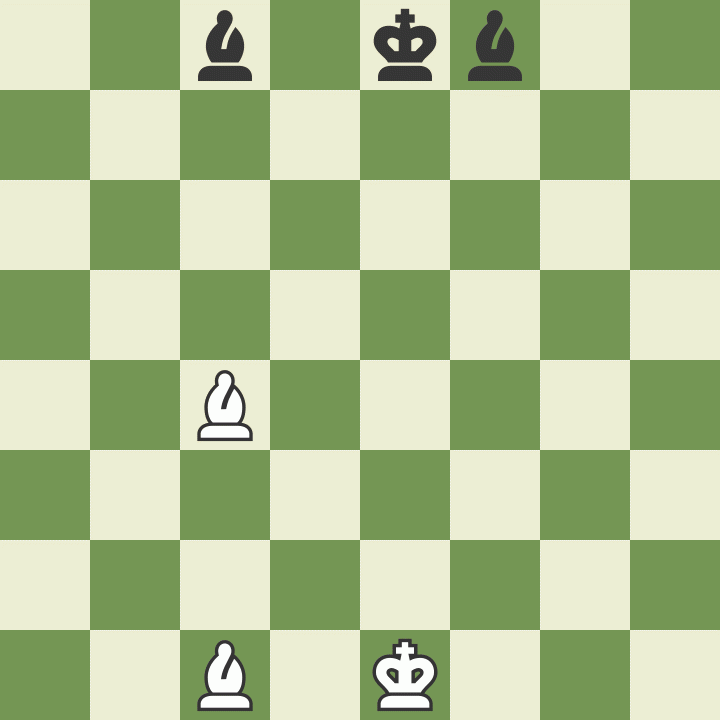
How the Knight Moves
Knights move in a very different way from the other pieces - going two squares in one direction, and then
one more move at a 90 degree angle, just like the shape of an "L". Knights are also the only pieces that
can move over other pieces. People often say knights "hop" because of that special ability.
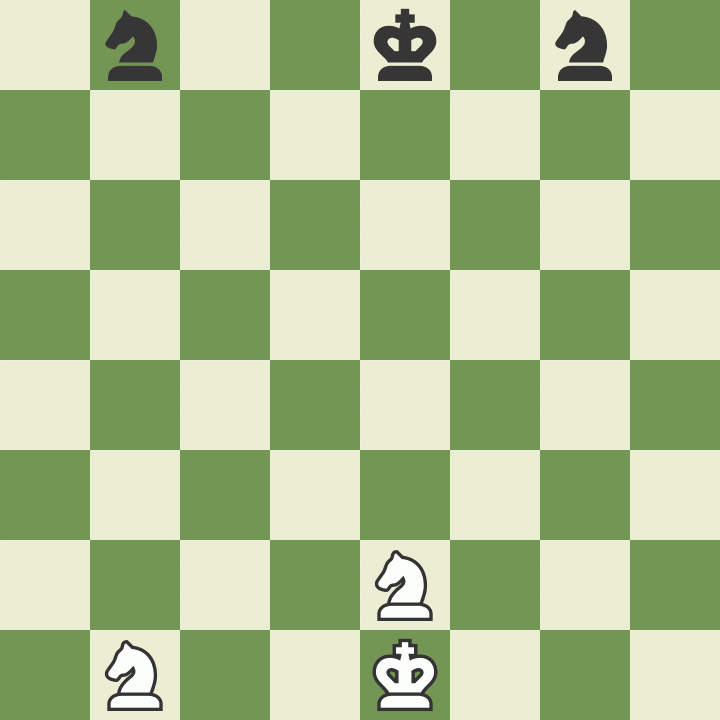
How the Pawn Moves
Pawns are unusual because they move and capture in different ways: they move forward, but capture
diagonally. Pawns can only move forward one square at a time, except for their very first move where
they can move forward two squares. Pawns can only capture one square diagonally in front of them. They
can never move or capture backwards. If there is another piece directly in front of a pawn he cannot
move past or capture that piece.
